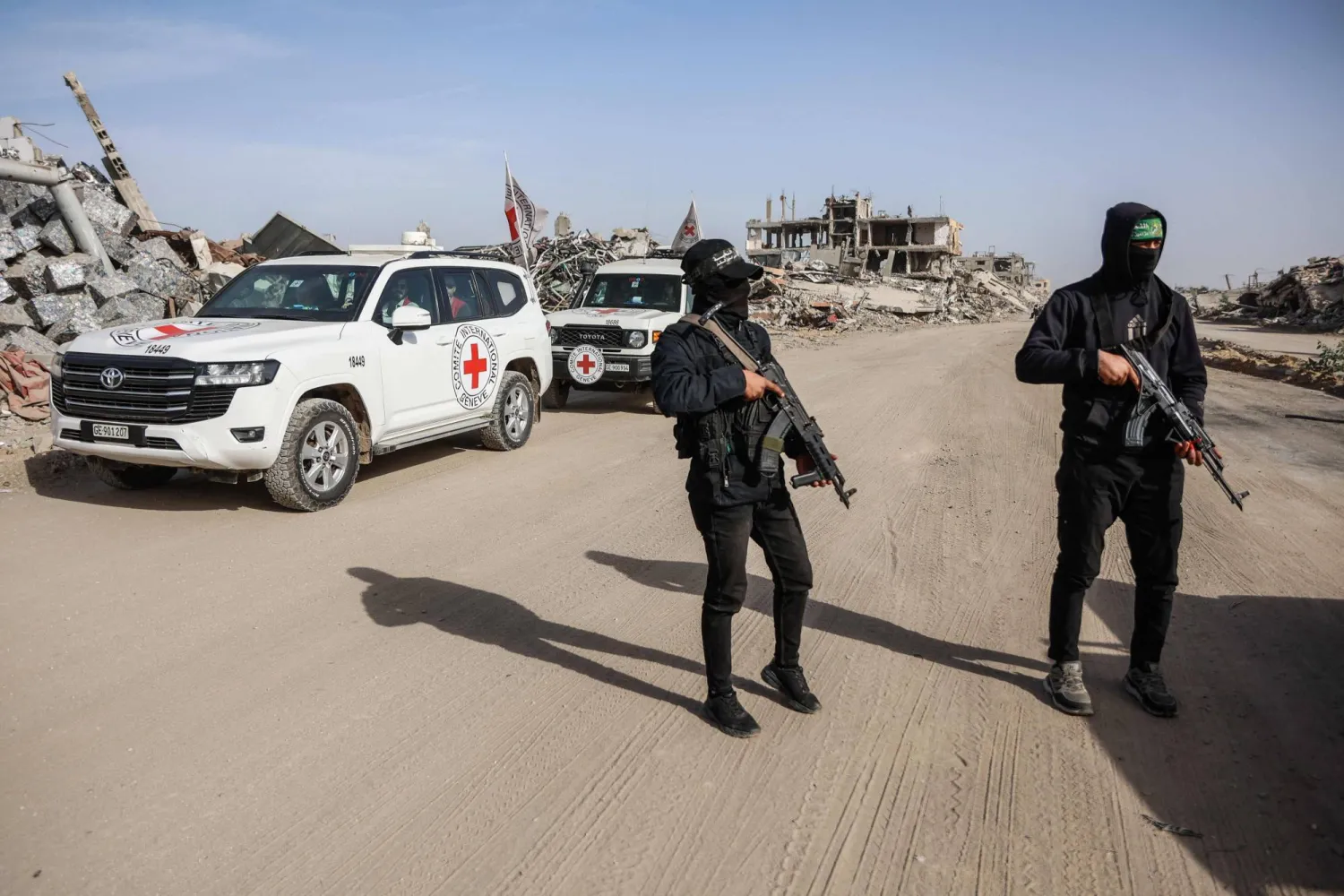For the past months, Turkish armed forces in northwestern Syria de-escalation zones have carried out redeployment and mergers at military points that were established under a Turkish-Russian agreement in 2017.
According to an agreement within the framework of the Astana talks, Türkiye gained the opportunity to expand its deployment of military points in the areas of contact within de-escalation zones.
The map of Turkish military deployment expanded until mid-2021 to include 113 military sites spread across five governorates: 55 in Aleppo, 43 in Idlib, nine in Raqqa, four in Hasakah, and two in Latakia.
However, the number of those sites was later reduced to 64 because of redeployment operations.
Turkish army deployment in northwestern Syria currently constitutes an obstacle to regime and Russian forces, as well as Iranian militias.
Turkish military points and bases are distributed in a way designed to make it difficult for pro-regime forces to advance towards opposition-held areas without first clashing with the Turkish forces directly.
According to a report published by the Syrian Observatory for Human Rights on Friday, seven Turkish military brigades are currently deployed in Syria de-escalation zones. The brigades are distributed over 49 main military bases.
These bases are tasked with securing logistics support for Turkish forces.
Each combat brigade consists of 1,500 soldiers, meaning that the full number of Turkish forces in de-escalation zones amounts to 10,500 fully equipped soldiers.
Every military base in the region hosts dozens or hundreds of soldiers affiliated to different disciplines, such as engineering, special units, artillery units, missile units, and communication.
These forces are backed by artillery, tanks, armored vehicles, anti-aircraft systems and mine sweepers.
Moreover, every base contains a telecommunication tower of a Turkish mobile network.
Around 200 tanks, 400 armored vehicles, 800 armored personnel carriers and dozens of trucks and four-wheel drive vehicles are stationed in every Turkish base.









